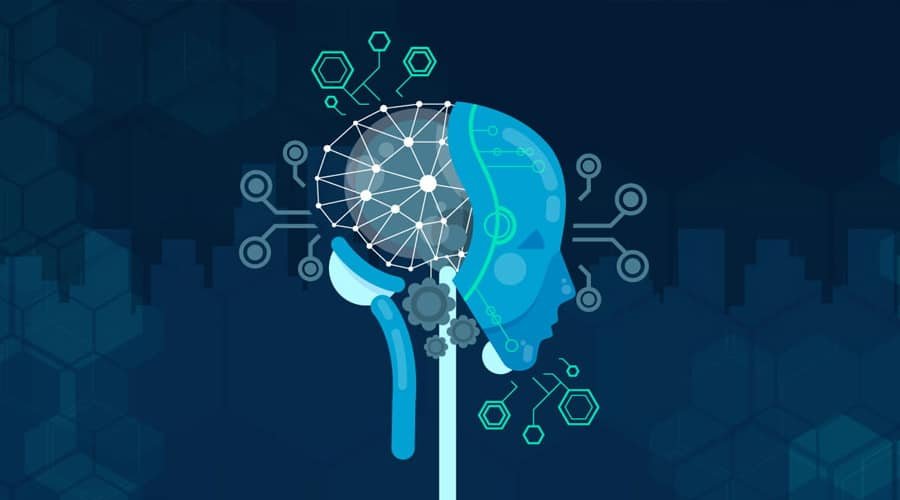Source – https://www.analyticsinsight.net/
Google’s AI creates solutions to fundamental computational problems
Google’s AI team, works on exploring solutions to computational problems, in theory, algorithms, journalism, machine learning, speech, and other data-driven streams with an impact on Google’s products and scientific progress. It focuses on two tools, software libraries to vehicle the research findings to products and services, and publications to make the work known to the community. Let’s take a look at Google’s AI applications.
Most of the real-world Graph-based learning applications include varied information on relationships between data items. The team’s main aim is to extend Machine learning (ML) approaches to better model the relationships. These are used in many Google products.
Google, has a long history of the building and applying Machine Learning techniques since it has previously developed a Core Google API for supervised machine learning. Recently it has also been into researching and developing tools for the TensorFlow ecosystem. Google’s AI team actively collaborates with other products of Google such as Docs, Search, Ads to deploy ML-based solutions for cutting-edge research.
It also includes supervised learning and semi/unsupervised learning. Its areas of focus are personalization, optimization, data-dependent hashing, privacy learning, and many more. Google AI team has developed principled approaches and has been successful in applying them to Google’s products powering Search and Display Ads, YouTube, and Google Shopping.
The online clustering team provides clustering of the datasets that can extend to billions of data points lining the output of thousands of points per second. The goal behind this is to provide scalable nonparametric clustering without assumptions. The team came up with design techniques to handle data information drifts.
Another interesting sector of research is cross-lingual cross-model access for dynamically organized information for making writing, watching, and reading an immersive experience. The team’s Co-author powers the web content in Google Docs and the team is yet to come up with other new applications as well.
Google’s AI team filters through data to discover, understand and model indirect user behaviors. For this it partners with products like Ads, YouTube, many are yet to get added soon. Since structured data is vital for every Google product such as Fact Check, Search, and Q&A. It uses a wide range of techniques including machine learning, data mining for information retrieval and extraction. The team also develops techniques for fast inferences in ML models improving the speed over 50x along with accurate solutions.
It devises automata, grammars, and other models for speech and keyboard, written-to-spoken transductions, and extractions. These can be merged and optimized to give high accuracy, efficient speech recognition, text normalization, and more. Sensitive content detection helps to create a comprehensive set of classifiers for detecting any kind of offensive content, images, or videos. Google’s AI team has accomplished this using a variety of techniques such as ML models which are trained on images, and text from the web.
Many teams within Google AI have developed algorithms and Machine Learning systems for knowing user preferences through personalized and targeted experiences. Google’s AI develops systems for transforming cloud-resident ML models that run on resource-constrained mobile devices. Not only this it also enriches electronic conversations by understanding media using multi-modal signals from images, video, text, and web.
Glassbox Learning does Research and Development into making Machine Learning more interpretable without compromising on accuracy. It also provides end-to-end guarantees on the relationship of inputs to outputs. The team has AdaNets that adaptively learns both the structure of the network and its weight. These are based on deep boosting with solid theoretical analysis including data-dependent generalization guarantees. Google’s AI is doing an amazing job towards research with a varied set of tools and applications.
